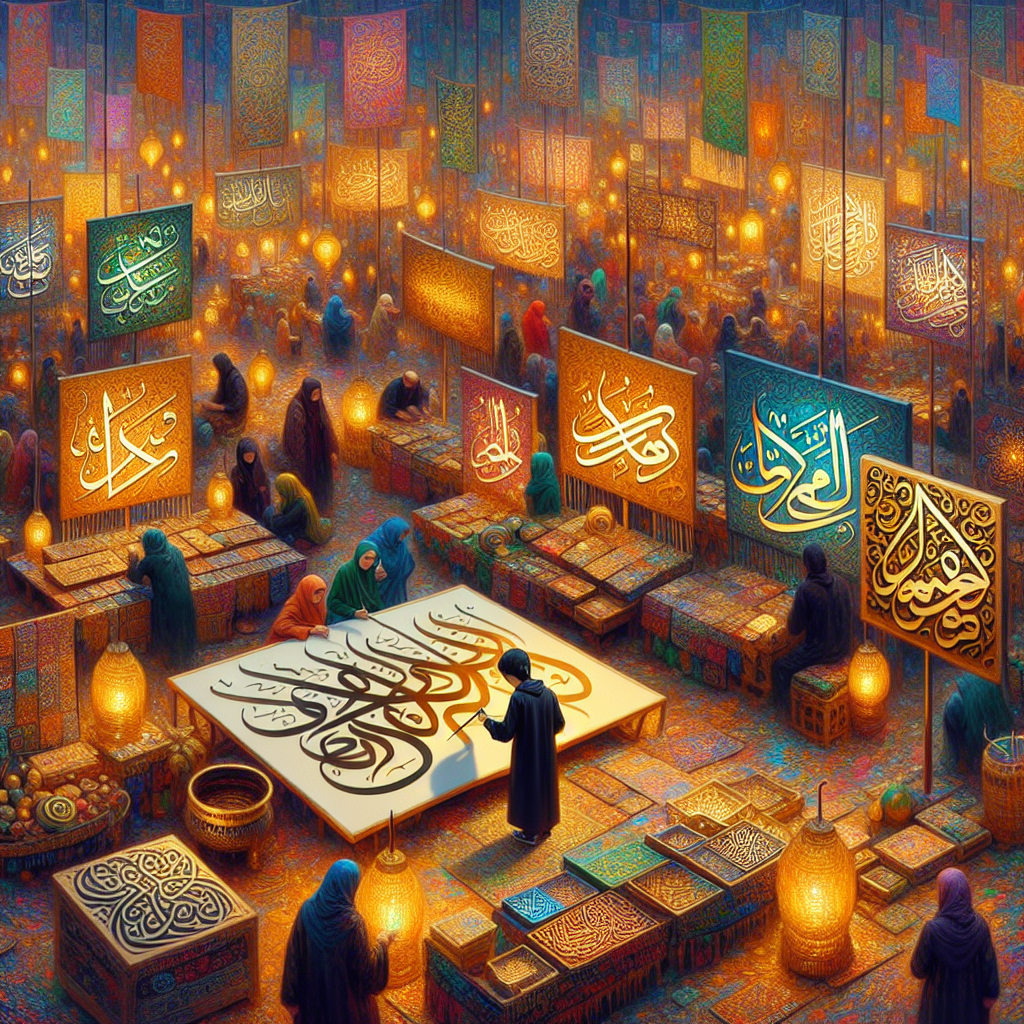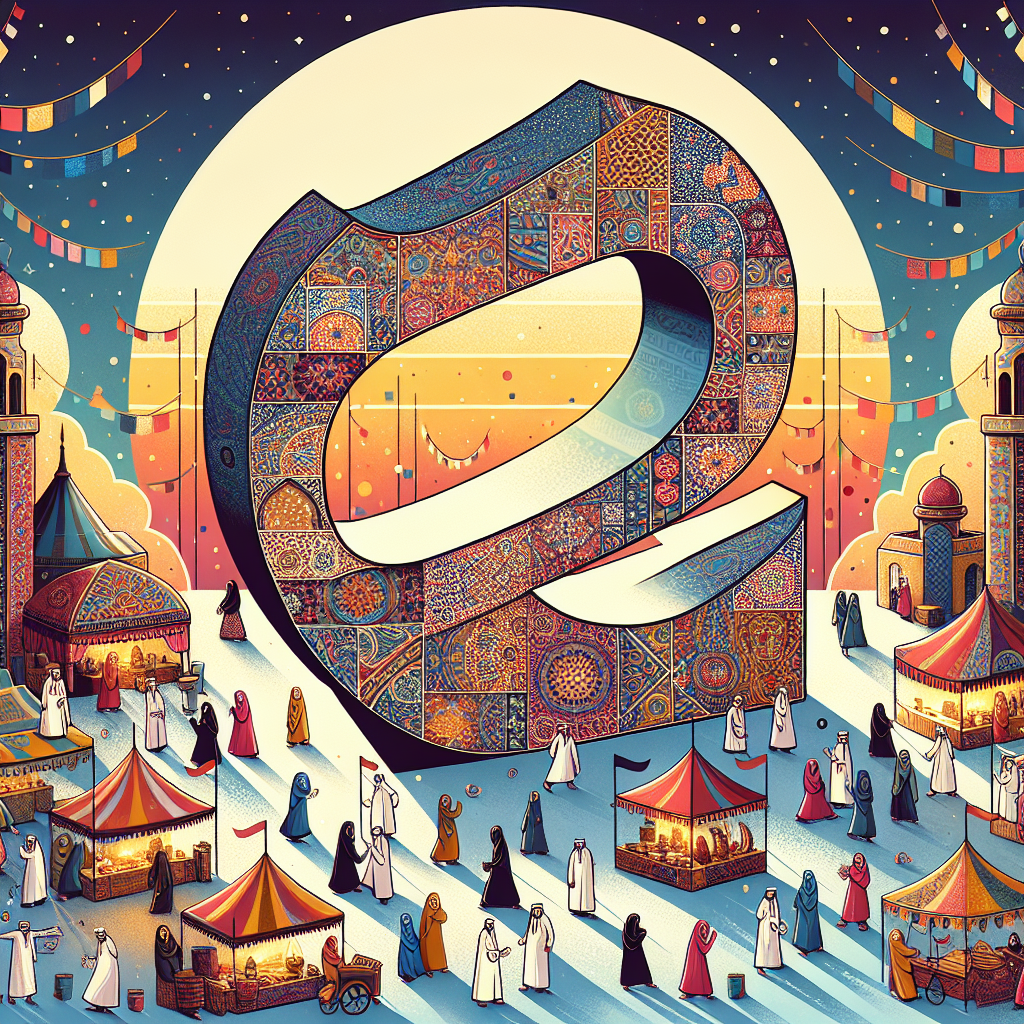How to Create a Cultural Festival Centered on the Arabic Alphabet
Have you ever thought about celebrating the beauty and intricacy of the Arabic alphabet through a cultural festival? Whether you’re a language enthusiast, a cultural curator, or someone with a keen interest in Arabic traditions, creating a festival around this theme can be an enriching experience. Let’s dive into how you can bring this vibrant idea to life! 🌟
Table of Contents
1. Introduction to the Arabic Alphabet Festival
2. Planning the Festival
3. Activities and Events
4. Promoting Your Festival
5. Conclusion
6. FAQs
Introduction to the Arabic Alphabet Festival
The Arabic alphabet is not just a communication tool; it’s an art form. With its elegantly curved letters and rich history, it serves as a foundation for a festival that can educate, entertain, and inspire. By centering a festival on the Arabic alphabet, you celebrate linguistic diversity and cultural heritage, encouraging attendees to engage with the language in a fun and interactive way.
Planning the Festival
Before you start, it’s essential to lay down a solid plan. Here are some steps to guide you:
Define Your Objectives 🎯
What do you hope to achieve with this festival? Is it to educate people about the Arabic language, to celebrate cultural diversity, or to bring communities together? Clear objectives will help guide your decisions and keep your team focused.

Choose a Venue 📍
Select a location that is accessible and can accommodate your expected number of attendees. Consider cultural centers, parks, or community halls which can provide a welcoming atmosphere for your festival.
Budgeting 💰
Estimate costs for venue rental, marketing, materials, and guest speakers. Seek sponsorships from local businesses and cultural organizations to help offset expenses.
Activities and Events
The heartbeat of your festival will be its activities. Here are a few ideas to get you started:
Workshops ✍️
Host calligraphy workshops where participants can learn to write their names in Arabic. Consider offering lessons in basic Arabic phrases or storytelling sessions that highlight Arabic literature.
Exhibitions 🎨
Display art that incorporates the Arabic alphabet, such as paintings, sculptures, and digital art. This visual feast can draw in art enthusiasts and casual visitors alike.
Cultural Performances 🎶
Organize music and dance performances that showcase traditional Arabic culture. These performances can provide a lively backdrop and bring an authentic cultural touch to your festival.
Promoting Your Festival
Effective promotion is key to attracting a crowd:
Leverage Social Media 📱
Create engaging posts with sneak peeks of what attendees can expect. Use platforms like Instagram, Facebook, and Twitter to reach a broader audience.
Engage with Local Media 📰
Send press releases to local newspapers, radio stations, and TV channels. Consider inviting journalists to cover the event, providing them with media kits for easy reporting.
Partner with Influencers 🤝
Collaborate with cultural influencers who can spread the word and draw in their followers. Their endorsement can add credibility and broaden your reach.
Conclusion
Creating a cultural festival centered on the Arabic alphabet allows you to showcase the richness of the language and culture. By planning thoughtfully and engaging creatively, you can create an event that leaves a lasting impression on your community. So, gather your team, ignite your passion, and start planning your festival today! 🎉
FAQs
Q1: How long does it typically take to plan a cultural festival?
A1: Depending on the scale and resources available, planning can take anywhere from six months to a year.
Q2: What if I’m not an Arabic speaker? Can I still organize the festival?
A2: Absolutely! Collaborate with Arabic speakers and cultural experts to ensure authenticity and accuracy in your programming.
Q3: How can I involve the local community in the festival?
A3: Involve local schools, cultural organizations, and businesses by offering them roles in workshops, sponsorship opportunities, and vendor spots.
Q4: What measures can I take to ensure accessibility at the festival?
A4: Provide clear signage, offer materials in multiple languages, and ensure the venue is accessible to individuals with disabilities.
Q5: How do I measure the success of the festival?
A5: Evaluate success through attendance numbers, participant feedback, and media coverage. You could also measure social media engagement and community impact.





